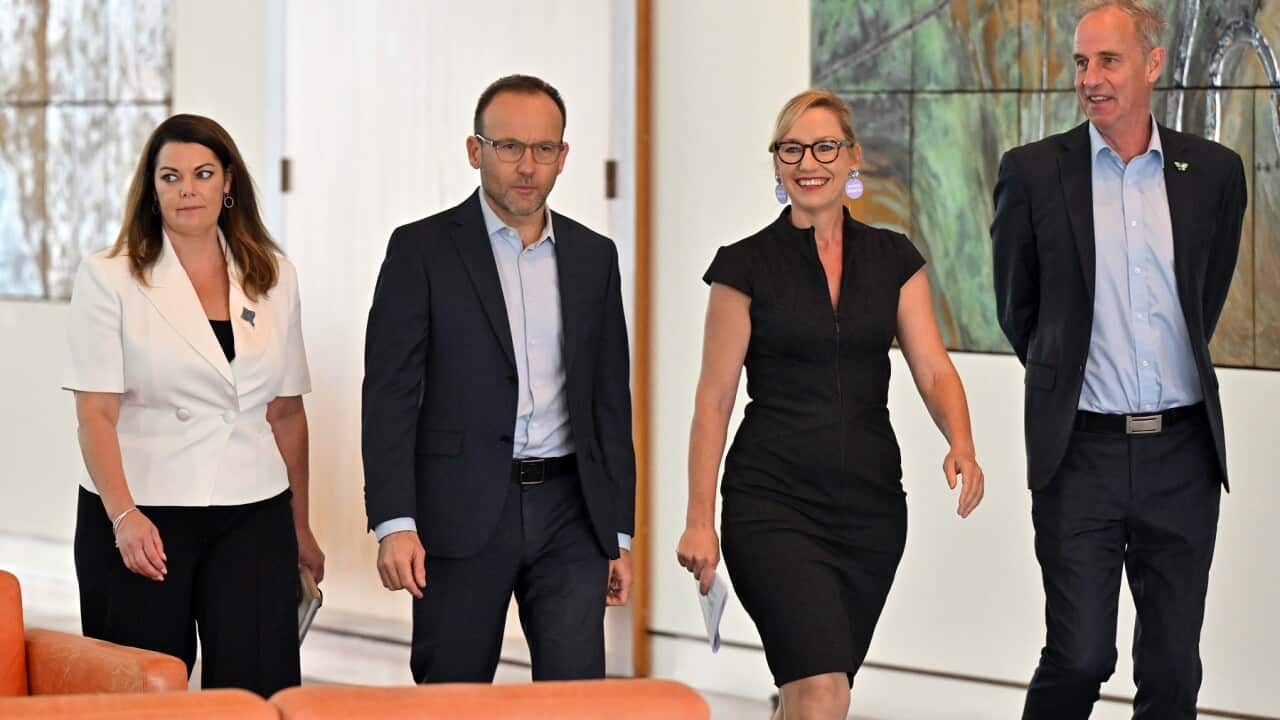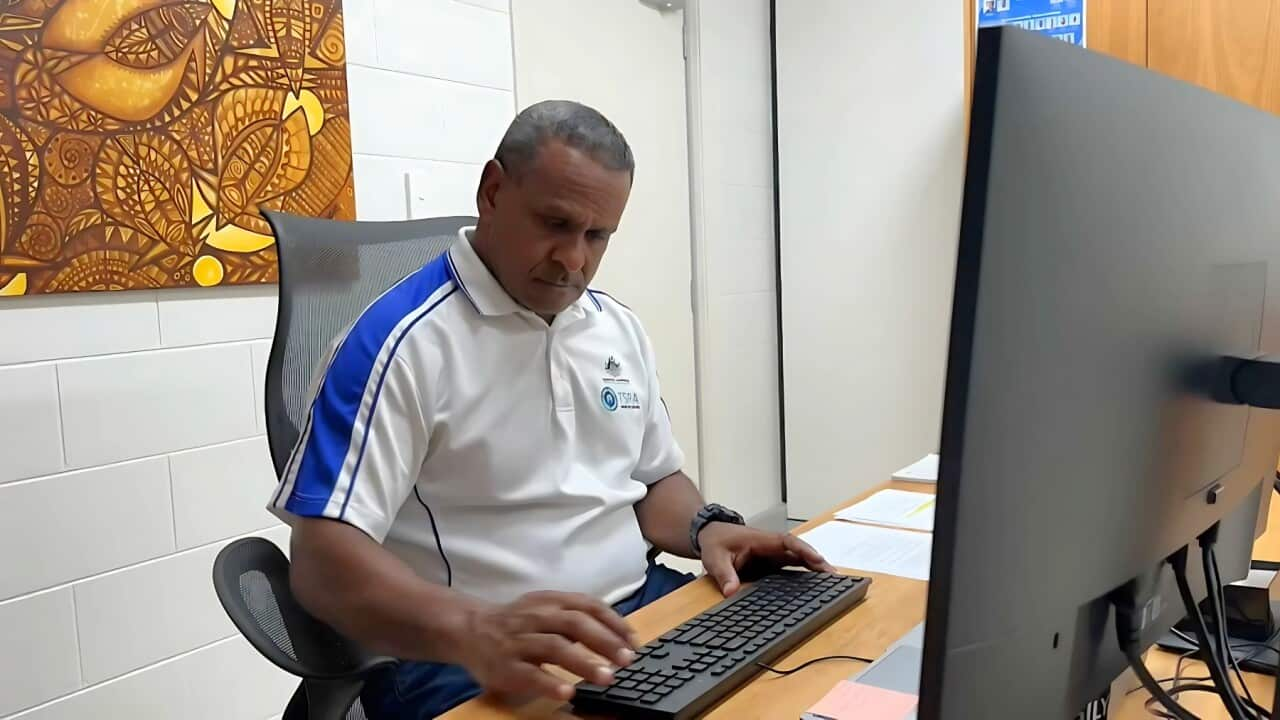TRANSCRIPT
The National Party of Australia.
Also known as the Nationals or the Nats.
They're known for their big hats and focus on regional Australia.
But where did the Nationals come from? And who are they now?
The Nationals were originally known as the Country Party.
When they were formed in 1920 they largely set out to be the voice for rural Australians, particularly given the importance, at the time, of farming to the Australian economy.
"The idea was that it was only those people who represented those country communities who would be part of the party."
That's the National President of the National Party, Kay Hull.
She says the focus of the party hasn't changed much over the years.
"The mandate for the party has always been to deliver security and opportunity, prosperity, equity for rural, regional, and remote Australians and to have their value recognized and respected for the contribution that we make. It sits probably more conservative in its values and its principles."
So the party is focused on regional Australia.
Senior Lecturer at the Australian National University Dr Jill Sheppard says that includes regional businesses.
"They want protection for certain industries, they do not want free trade for the most part, they've had to really been dragged kicking and screaming to free trade agreements or to the removal of tariffs. But also, the Nationals don't like trade unions, and that's where they fundamentally diverge from the Labor Party. So the Nationals support agricultural industries, but they really support the people who control those industries, the large scale farmers."
Ms Hull says extends to improving the overall communities.
"To be competitive in the global environment, you need a strong, resilient, robust, well resourced, rural, regional, remote communities, right? It cannot happen without that happening. So our objective is to ensure that we have the competitive edge in communications, transport, road infrastructure, bridge infrastructure, etc, okay. It's also important that you need to have people that will settle there. They will not come unless you have quality education opportunities. You have quality access and affordable access to health and general services, community services, strong and safe communities."
Whilst the National Party has never formed government on its own, they have been a part of a lot of governments.
The first coalition was with the now non-existent Nationalist Party in 1922, and they have entered similar deals since then.
In 1946 the Nationals teamed up with the Liberal Party, a partnership which continues to this day. This is why you often hear the pair being referred to as the coalition.
By being in a coalition, the two parties have an agreement on how they work together.
The leader of the party with more seats gets to be the overall leader, whilst the leader of the smaller party is the deputy leader.
A mix of members from both parties get to be ministers.
In the case of the federal Liberal-National coalition, it's always the been the Liberal party with more seats, with Liberal party leaders as Prime Ministers.
Dr Sheppard says the National Party's achievements are sometimes quiet.
"When the Nationals have had the most power in Australian politics, it's been by working closely with a Liberal Prime Minister. The Nationals will never form government in their own right. They're just not big enough. So they work in coalition with the Liberal Party, and they help them to form government when without the Nationals, Labor Party would form government much more than they do. It doesn't mean that the relationship between the Liberals and the Nationals is very happy, because apart from both being vaguely pro business, one party really likes free trade and the other party hates free trade. And when that's a big part of your platform, that can be really difficult. So I think the Nationals key achievements have been in holding the Liberal Party back on what they would do otherwise. And that's not always visible."
By working together as a coalition, the two parties can attract a broader voter base.
The Liberal Party can focus on big city issues, and the National Party can almost exclusively champion for regional ones.
But Dr Sheppard says there's still a few local contests.
"They do still contest some seats. There's about five seats across the country where Liberal Party and National Party candidates run against each other. There's no reason why they should. It's strategically very bad. But they continue to do that, mostly because deep down, they really don't like each other. And so if they can have a little pressure valve, you know, a few contests around the country where they can compete head to head, that seems to be all they need at the moment to, you know, be sort of happy partners, happy colleagues 99% of the time."
Currently, David Littleproud is National's leader which makes him deputy leader of the coalition.
If the coalition wins the election he will be the Deputy Prime Minister of Australia.
Another notable face is Barnaby Joyce, who is still in Parliament and has led the party twice.
They've merged with the Liberal Party in Queensland and the Northern Territory, known as the LNP and the Country Liberal Party respectively.
The election, the Nationals are running on policies aimed at improving regional Australia, including:
- Decreasing energy costs by increasing gas supply
- Building more homes in the regions
- Overturning the ban on live sheep exports
- And improving the way farmers are treated by big businesses like supermarkets.
So how does the party stack up to its original manifesto?
Pretty well, says Dr Sheppard.
"The Nationals have stayed really true to their original idea of what they wanted their party to be. Now there'd be people in the Nationals who disagree with me vigorously on that, but in terms of just having a clear sense of purpose, these are the industries that we represent, they have not changed it a bit."













